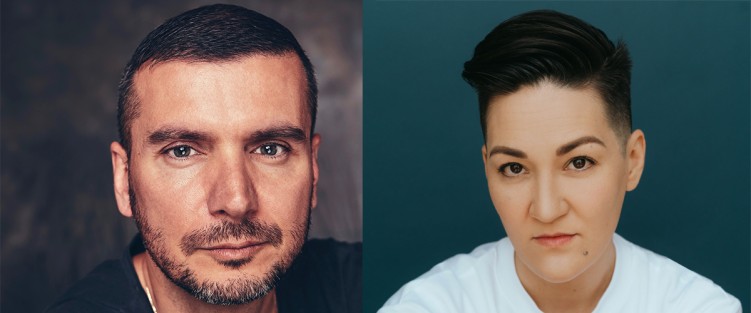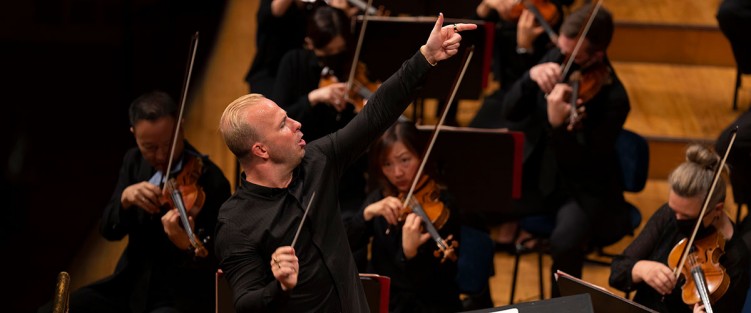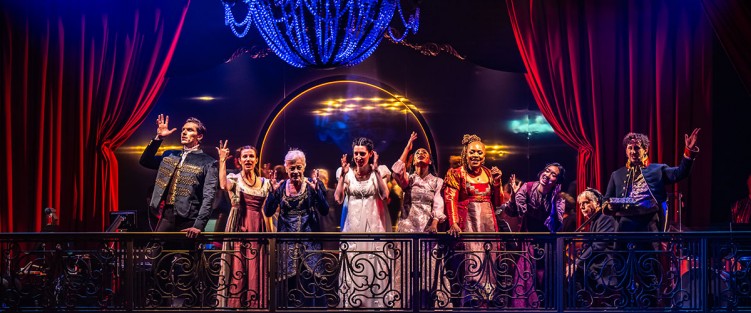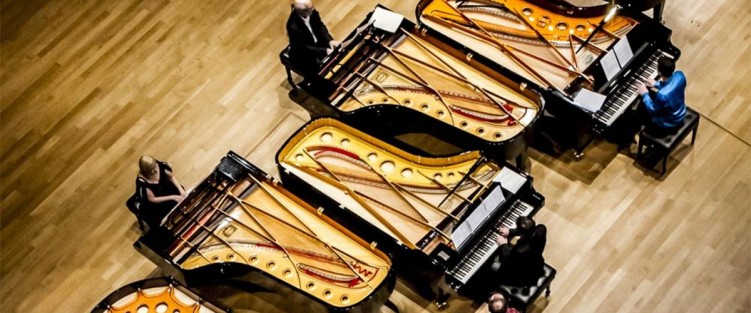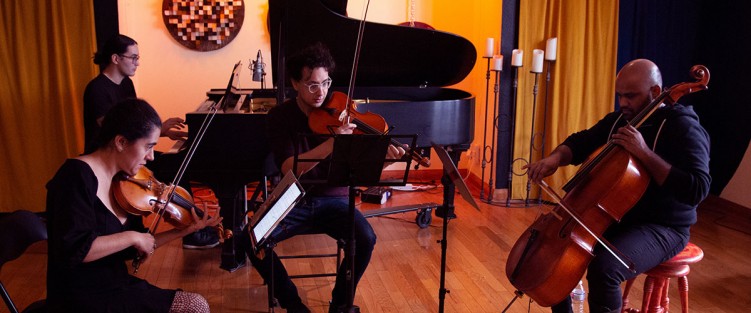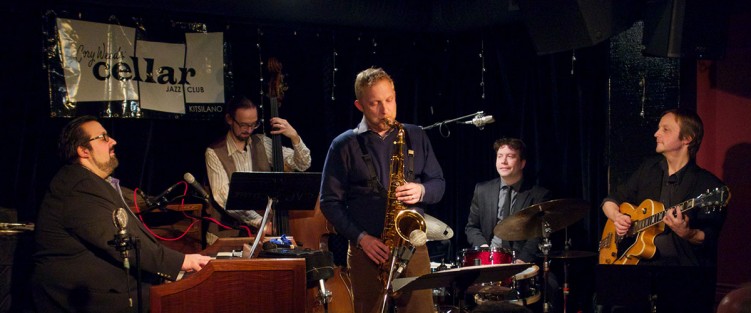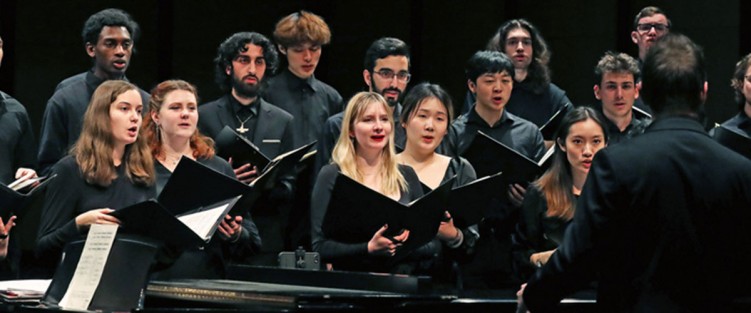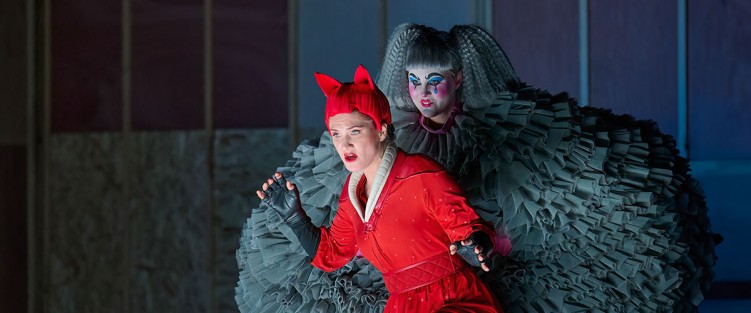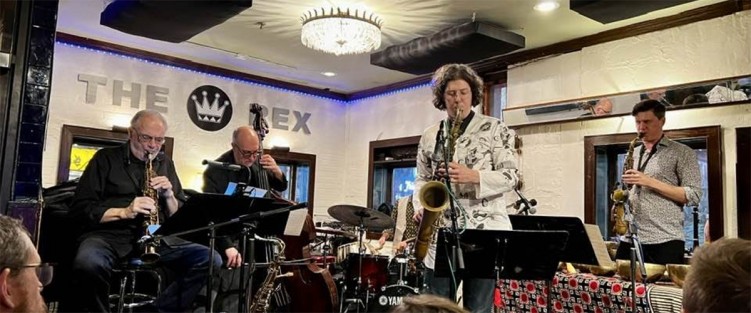Looking Forward to the JUNOs (after the fact)
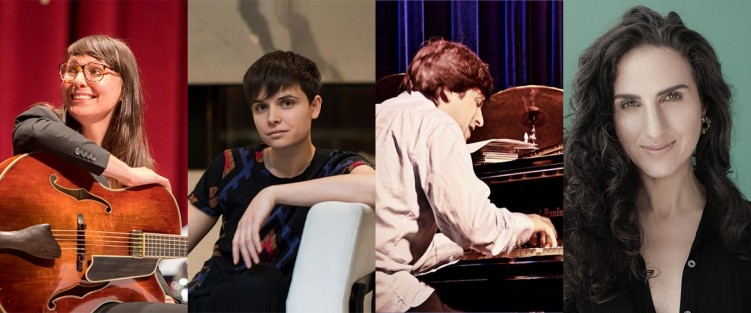 Ah, awards season. That very special time of year when artists across a variety of fields experience the thrill of being nominated, grapple with existential issues of the validity of awards and rankings within the arts, eat a moderately expensive banquet salad, and rub shoulders with fellow Canadian music-industry colleagues. (When I attended the JUNOs, in 2016, Canadian hip-hop legend Kardinal Offishall came up behind me, patted me on the shoulder and said “keep doing what you’re doing, man.” When I turned around, he said “oh, sorry, thought you were, uhh…” and promptly left. It remains a proud moment.)
Ah, awards season. That very special time of year when artists across a variety of fields experience the thrill of being nominated, grapple with existential issues of the validity of awards and rankings within the arts, eat a moderately expensive banquet salad, and rub shoulders with fellow Canadian music-industry colleagues. (When I attended the JUNOs, in 2016, Canadian hip-hop legend Kardinal Offishall came up behind me, patted me on the shoulder and said “keep doing what you’re doing, man.” When I turned around, he said “oh, sorry, thought you were, uhh…” and promptly left. It remains a proud moment.)


